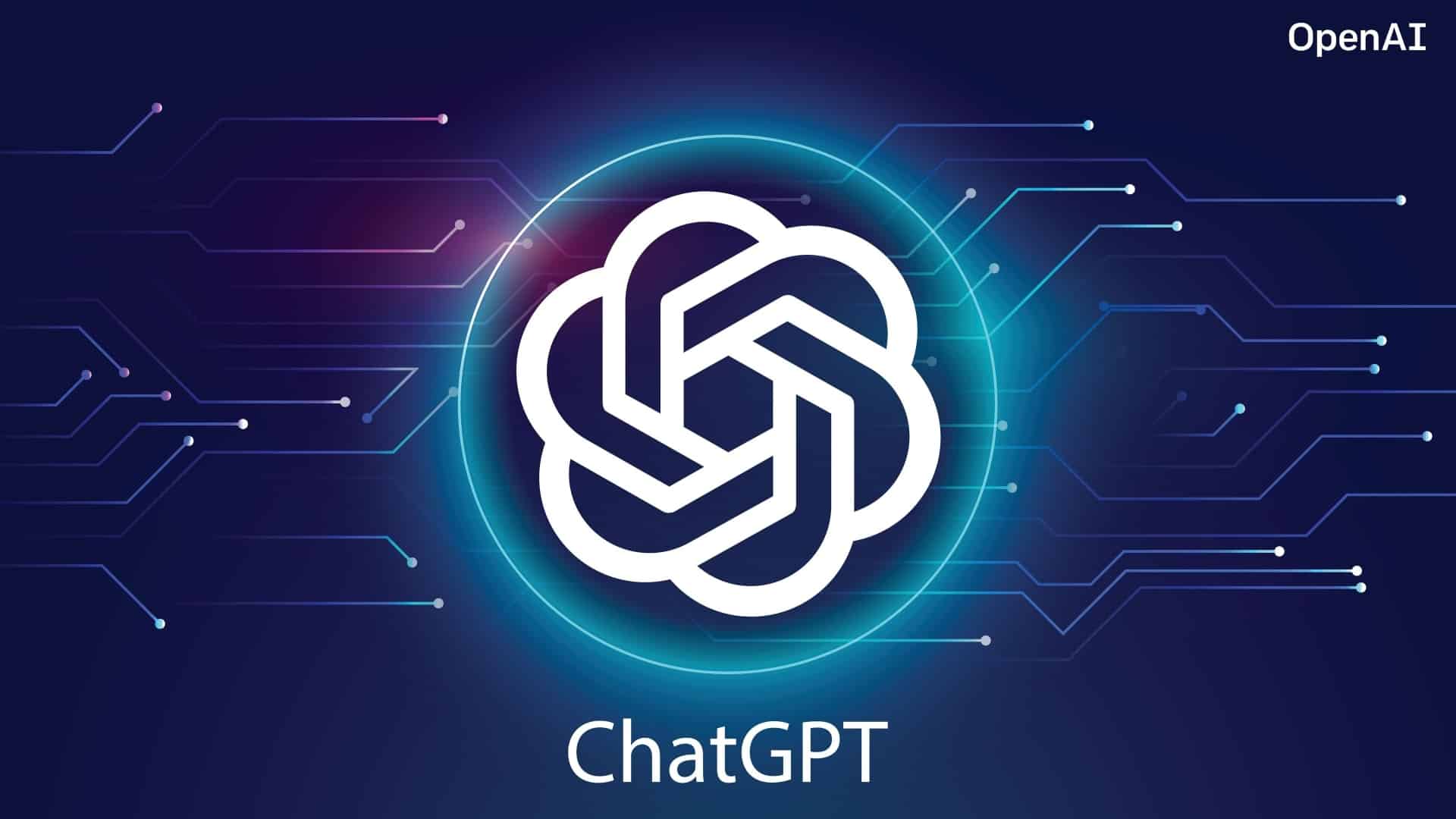In recent years, AI tools have significantly advanced in text generation, proving incredibly useful across a wide range of professional fields. However, there is a growing question about their transformative impact on software engineering, especially in assisting with code writing. This article explores this topic, drawing on my extensive experience with generative AI tools in software development.
Allow me to introduce myself: I am a seasoned full-stack web developer with over five years of rich experience, working on a variety of projects in Java, JavaScript, TypeScript, and their related frameworks. My journey has led me to experiment with cutting-edge AI generation tools like ChatGPT and GitHub Copilot, integrating them into my daily workflow. I am eager to share my nuanced perspective and the insights I have garnered.
First Encounter with GitHub Copilot

My initial interaction with GitHub Copilot in 2021 was filled with a blend of excitement and curiosity. The tool, advertised as an AI-powered coding assistant seamlessly integrating with your IDE and evolving alongside your coding journey, seemed like a promising advancement in the programming landscape. Eager to experience its capabilities, I successfully navigated the waitlist and integrated the GitHub Copilot plugin into my development environment.
The initial experience was promising. GitHub Copilot’s ability to suggest completions for coding lines, and at times, even extend these suggestions to several lines, was innovative. However, as I delved deeper, I noticed that many of these suggestions, while superficially aligning with the existing code, often lacked practical sense and relevance, leading to more distraction than assistance.
The GitHub Copilot Verdict: Potential and Limitations
Despite the autocomplete feature of Copilot not entirely meeting my expectations, I discovered another facet of the tool. This involved writing comments in plain language to describe the desired coding function, prompting the AI to suggest possible implementations. This feature was notably more effective for straightforward, single-line tasks, providing a glimpse into the potential utility of AI in coding. However, for simpler tasks, the traditional functionalities of modern IDEs proved more efficient, and for more complex scenarios, the AI’s suggestions often required substantial revision, diminishing their practicality.
Consider using GitHub Copilot for specific tasks, such as writing repetitive unit tests or managing straightforward coding in smaller projects.
However, be aware of its potential limitations in more complex coding scenarios. The AI’s suggestions often require substantial revision, which can diminish their practicality.
Upon concluding the trial period, I opted not to continue the subscription, largely due to the mixed experiences detailed above. It’s worth noting that my experience might have been influenced by the tool’s novelty at the time or the complexity of my project, which was a diverse mix of React and Vue codebase with contributions from over a hundred developers. Despite this, I believe GitHub Copilot holds potential value in certain scenarios, especially in newer projects with smaller teams and for tasks like writing repetitive unit tests.
Exploring the Capabilities of ChatGPT: A Friend Who Always Has Answers

Following my experience with GitHub Copilot, my next venture was with ChatGPT. Initially, I approached this tool with a healthy dose of skepticism, questioning its ability to shift the traditional methodologies of programming problem-solving, which often involve extensive Google and Stack Overflow searches. To my surprise, ChatGPT demonstrated capabilities that partially challenged my initial assumptions.
ChatGPT’s proficiency lies in its remarkable ability to comprehend and interpret complex human language queries. It allows for the formulation of detailed questions, encompassing necessary context, and provides answers that consider all the provided elements. This feature can significantly reduce the time spent on research activities such as exploring the best practices of a specific technology or unraveling intricate code written in unfamiliar languages or frameworks.
Balancing ChatGPT’s Strengths and Weaknesses in Software Development
However, ChatGPT is not without its limitations for software development. They are its knowledge base, lagging several months behind current technological advancements, and its reliance on pre-existing text and code snippets to formulate responses. Such limitations restrict ChatGPT’s ability to innovate or provide solutions for complex problems that require what we often refer to as ‘human ingenuity’. In troubleshooting scenarios, particularly those involving specific error messages, traditional search methods, like querying popular solutions on Stack Overflow, often yield faster and more accurate results.
ChatGPT’s proficiency lies in its remarkable ability to interpret complex human language queries, thus reducing research time for best practices or unfamiliar code.
Its limitations include a knowledge base that lags behind the latest technological updates and a reliance on existing text for responses, which hinders its ability to tackle highly innovative or intricate problems.
In assessing the capabilities of ChatGPT, I found it to be a valuable addition to my developer toolkit, particularly in saving time on specific types of problems. However, it’s important for software engineers to approach its use with a degree of caution. While ChatGPT can streamline research and provide quick insights, reliance on it should be measured, especially when dealing with critical lines of code. In these scenarios, traditional methods of problem-solving and verification remain paramount. The tool’s capacity to offer solutions and explanations is commendable, yet it cannot replace the nuanced understanding and decision-making inherent to experienced developers.
Final Thoughts on Utilizing AI in Software Engineering
The exploration of GitHub Copilot and ChatGPT, both based on OpenAI’s GPT architecture, reveals their distinct applications in software development. ChatGPT excels in delivering responses in a human-like manner, making it a valuable tool for developers, especially in scenarios requiring explanatory or research-oriented approaches. However, it’s crucial for developers to recognize and understand the unique strengths and limitations of these tools, using them strategically in situations where they are most effective.
As the landscape of software development evolves with the introduction of AI technologies, it presents an exciting opportunity for developers to experiment with these tools. By integrating them into their workflows and continuously learning from their capabilities, developers can enhance their projects and adapt to the changing technological environment.
If you have any questions or are curious about how to effectively implement AI tools in your business, don’t hesitate to reach out to us. Our team is here to provide you with the insights and assistance you need to leverage AI technologies successfully. Contact us today to explore the possibilities and transform your business with AI!





